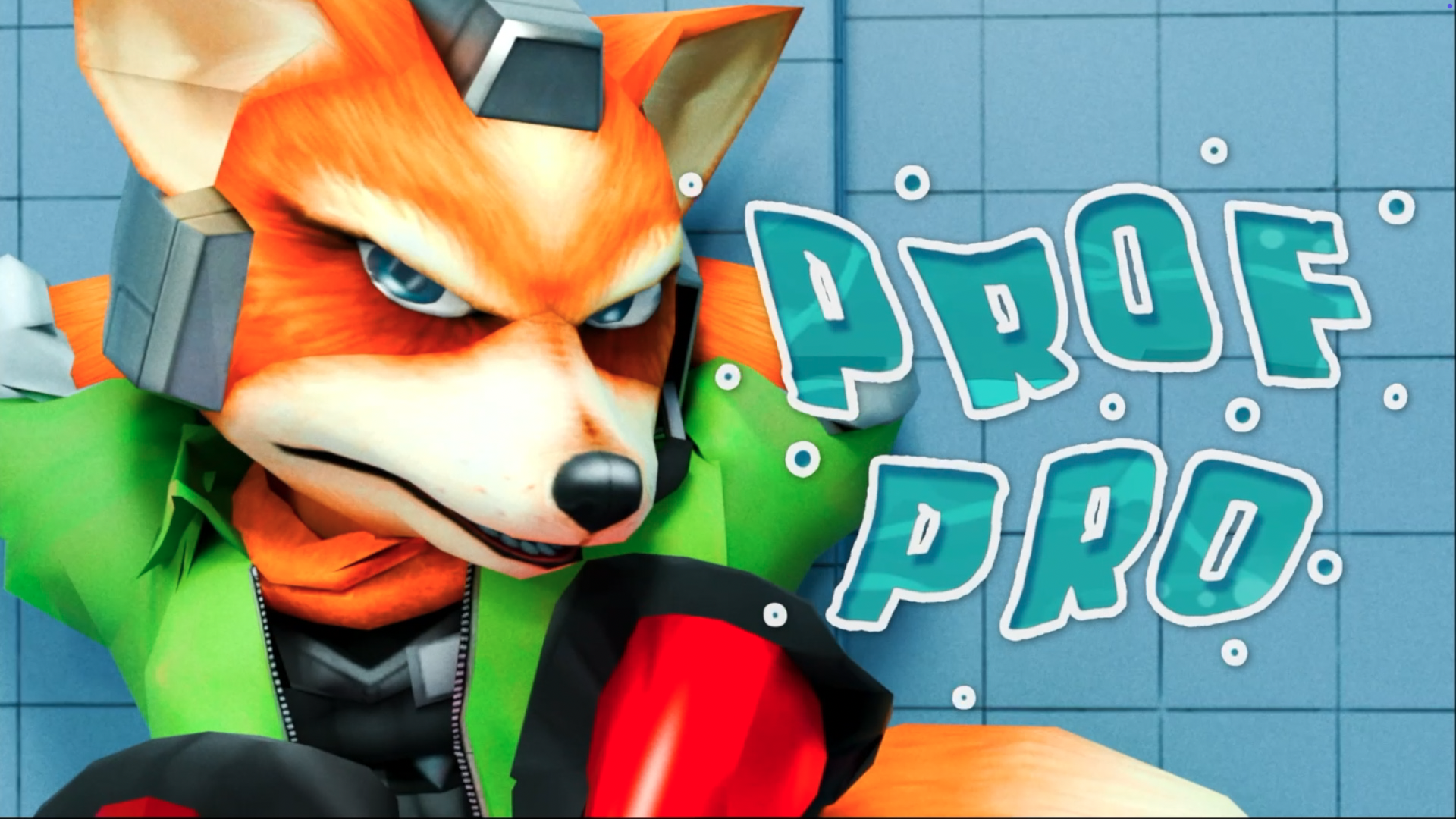LET'S DRINK THE POOL
PROJECT DURATION: 19 DAYS (with part-time work)
A trailer for a commercial in-person video game tournament, taking place in London, England.
In talking with the commissioner, I proposed we style the trailer to be alike a casual photoshoot at a pool as it’d both be a unique theming while also making the characters of Super Smash Bros Melee (2001) feel more relatable to audiences, who usually see them presented in more action-based scenarios. The music was chosen and mixed by the commissioner. I used Blender to create the majority of scenes within the trailer, creating all animations from scratch, and interspersed videography I shot at the event’s venue (in preparation for the trailer) to use as additional footage. Final Cut Pro and After Effects were used for colour correction, general video editing and for text.
As the character models originally came from 2001, 5 days of production time were spent creating new animation rigs for all featured characters. This involved editing material properties, adding all deforming armature (including inverse kinematics), weight painting and adding modular colour palettes and cloth physics where applicable. In addition to this, I personally remade the eye textures for all characters so that I could create a texture node system within Blender that would allow the iris/pupil to be mapped independently of the sclera and eyelids. This allowed me to animate characters’ eyes with significantly higher fidelity compared to the original models; eyelid positions and where an eye is looking could both now be keyframed, allowing the characters to be substantially more emotive than before. A display of the node system is displayed below.
The trailer was composed shot by shot rather than being one fluid piece of 3D design. While I had originally hoped to include more shots that directly flow into each other, I recognised in early experiments that it provided an uncanniness to a lot of the character acting and the casual nature of the premise in general. Deciding to include so few complex shots further provided me more time that I could spent polishing animations, which I believe made the trailer more appealing to the audience anyway.
I utilised Blender’s motion tracking feature for the first time in this project, during the portions that mention ‘In-Venue Bar’ and ‘Rooftop Area’. These utilised videography I shot within the venue and involved the game’s characters to further build the connection between the event’s sociality and the game. Further effort could have been put towards colour correction and additional post production to improve how well the models blend in with the footage.
In the 3 day lead up to the trailer’s release, I encouraged the team to release three small teasers to build momentum. These teasers utilised animations from the trailer (with the first being an alternative render of a scene) accompanied with sound design and foley work that sonically grounded the characters in reality. These three teasers helped build anticipation and lead to many people talking about what the big reveal was going to be; the first teaser received 380 likes, the second received 145 likes and the final teaser received 250 likes. A few commenters praised my sound design, with one saying that the “Sound design fucks I can smell the chlorine rn”.
Considering the smaller overall reach of Super Smash Bros Melee (2001)'s community compared to more modern games, the trailer performed incredibly well, receiving 700 likes within the first 2 days of being published. In addition to this, the announcement that I had made the trailer, featuring a short section from it without text, garnered a further 850 likes and many more eyes on the original trailer. Within 3 days of the trailer going live, the tournament hit 1/3 of its 312 attendee entry cap.
Link to original Twitter post: https://x.com/FeteSmash/status/1902787463199986003
JUMP IN.
LEFTMOST: Full node setup within Blender’s shader editor, displaying how the iris/pupil’s texture mapping has made to be able to be keyframed independently of both the sclera and the eyelid. The eyelid textures are operated via clamp nodes that function as On/Off switches - by keyframing the clamp values, you can animate the eyelids to blink/wink.
RIGHTMOST: A display of the difference in functional fidelity between my recreated eye textures (left) and the model’s original eye texture (right). When vector mapped, my texture only alters the pupil/iris while the original texture breaks the look of the model, preventing you from animating the eyes at all.
































